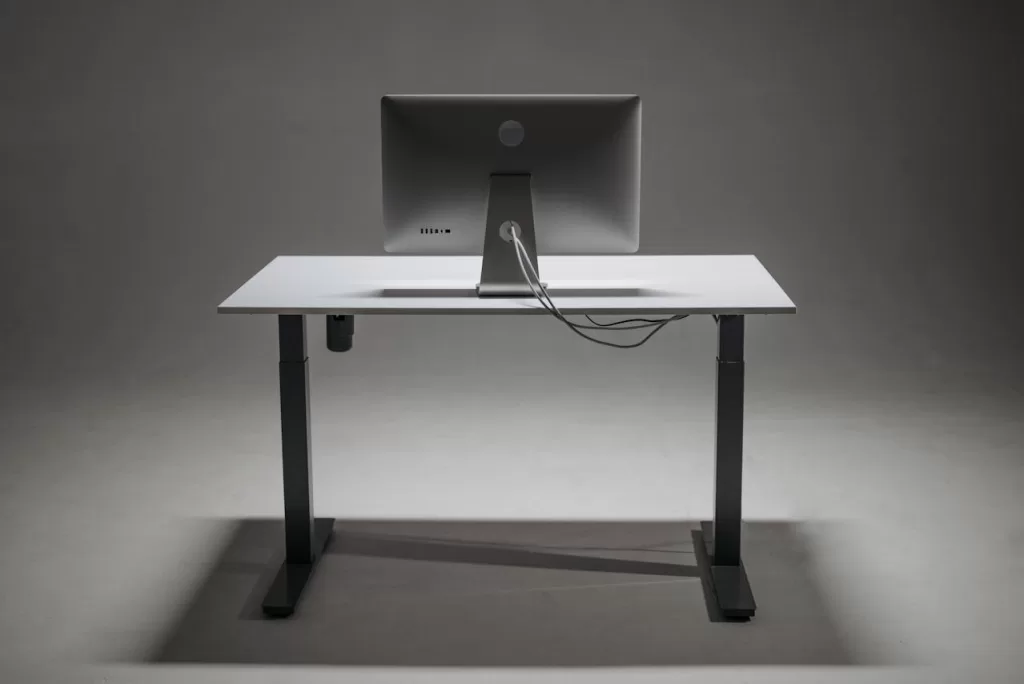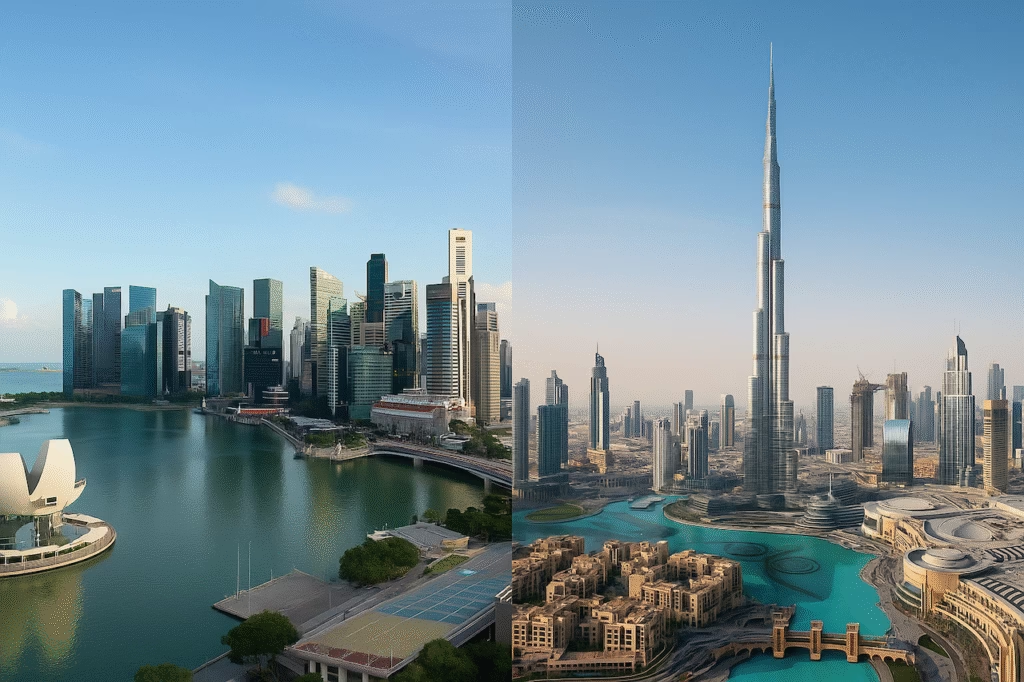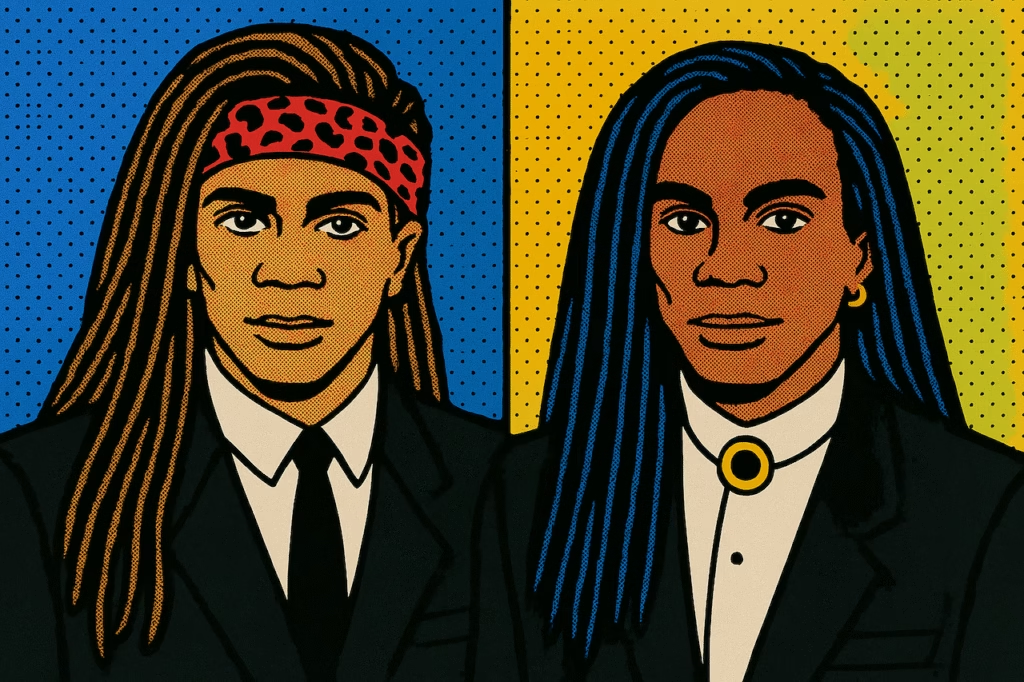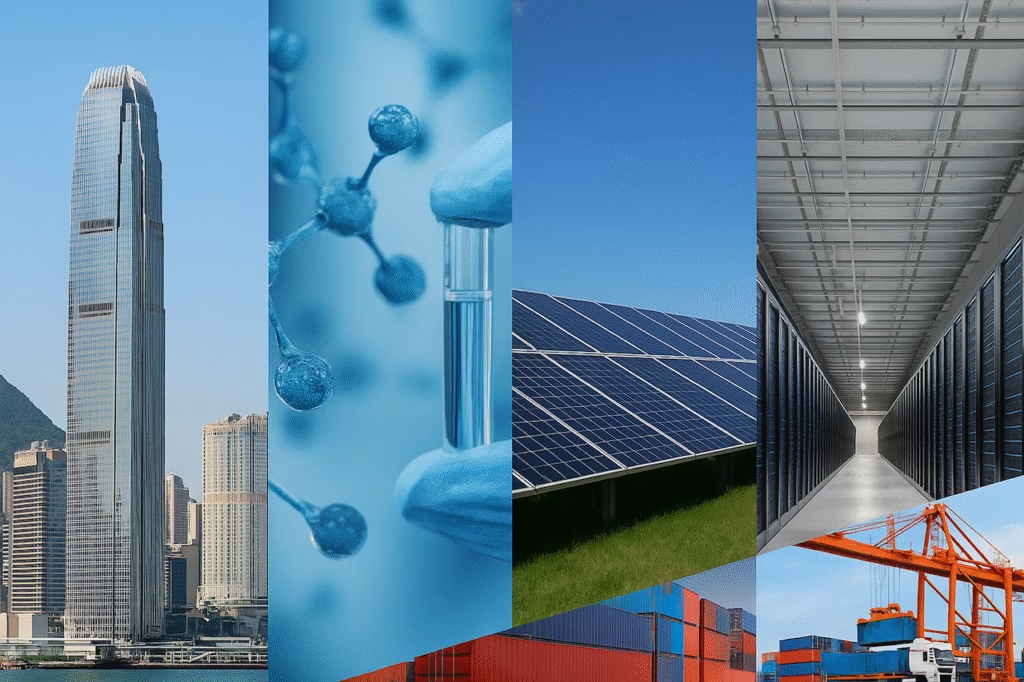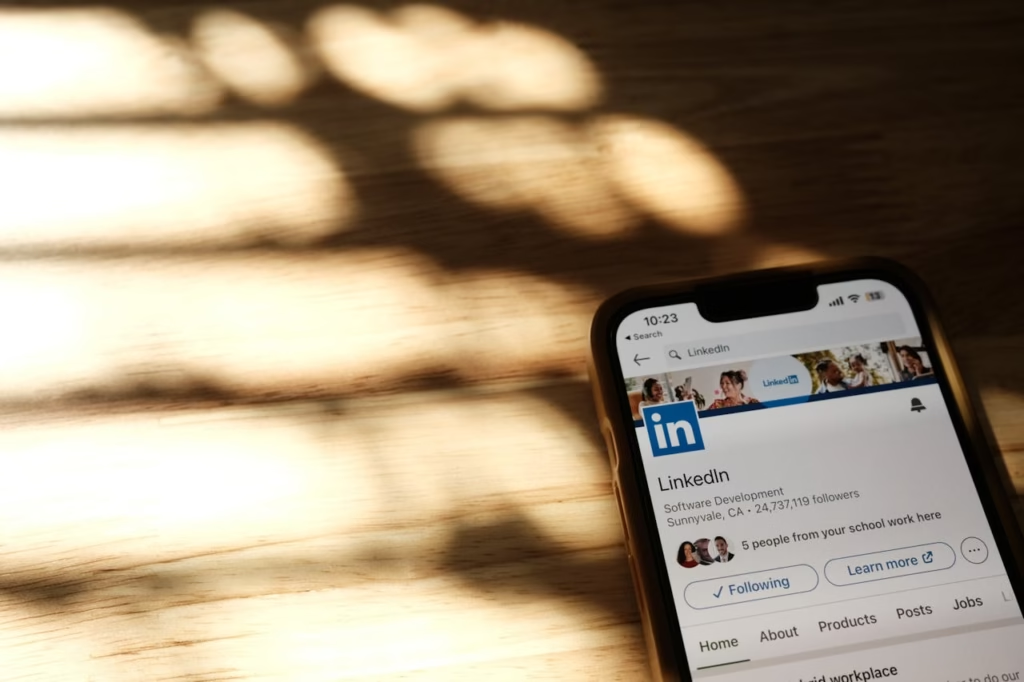The 2025 CoreNet Global Summit APAC in Singapore brought together corporate real estate leaders, workplace strategists, and many others involved in all-things CRE to explore a theme that truly resonated: ‘People Power: Fueling Human Connections’.
In a world increasingly driven by technology, automation, and AI, this year’s discussions centred on something more fundamental, ie. how workplaces can better support human relationships, collaboration, and well-being.
A People-First Approach to Corporate Real Estate
For me, a key takeaway from the summit was the reminder that, no matter how much technology shapes our work environment, businesses thrive when people thrive. Keynote speaker Peter Sharp set the tone with his talk, The Future is Human.
It’s a message that feels especially relevant as companies continue to navigate hybrid work models.
While the past few years have been about optimising remote work, many speakers highlighted the importance of bringing people together in meaningful ways—both virtually and in person.
The Value of Ad-Hoc Interactions
Beyond the structured sessions and keynotes, perhaps the more valuable aspect of the summit was the informal, ad-hoc interactions between attendees that the event afforded. Whether it was a conversation over coffee, a chance meeting between sessions, or an impromptu discussion during a networking break, these moments reinforced the true power of human connection.
Many attendees reflected on how the organic interactions often led to the most insightful exchanges. Ideas were shared, new collaborations were sparked, and industry peers built upon relationships that extend beyond the event.
These moments are a reminder that while structured discussions provide valuable knowledge, it’s the spontaneous connections that often leave a lasting impact.
The Evolution of Office Space in a Hybrid World
A key debate at the summit naturally revolves around the evolving role of office space. Hybrid work is here to stay, but what does that mean for corporate real estate and practitioners? Many speakers agreed: offices can’t just be places to work, they need to be destinations where people want to come together.
A growing trend discussed was the idea of ‘destination workplaces’, where companies rethink their office layouts to encourage face-to-face collaboration, innovation, and team bonding. Concepts borrowed from the hospitality industry such as social lounges, café-style workspaces, and experience-driven design are shaping the future office.
Designing for Well-being and Inclusion
Another hot topic was well-being and inclusivity in workplace design. More than ever, businesses are recognising that a great workplace isn’t just about aesthetics, but more about ensuring employees feel supported, both physically and mentally.
From designing spaces that support neurodiversity to integrating mindfulness areas, companies are starting to take a more holistic approach.
The summit also touched on sustainability, with discussions on how businesses can merge human-centric design with eco-friendly practices such as biophilic elements, sustainable materials, and carbon-neutral buildings.
Key Takeaways and What’s Next
A few notable insights from this year’s event:
-
- Workplace strategy must start with people. Companies that invest in connection-driven environments will see better engagement and productivity.
-
- Hybrid work isn’t going anywhere, but offices need to evolve. Spaces must be designed as collaborative hubs, not just rows of desks.
-
- Technology should enhance, not replace, human interaction. AI and digital tools should support workplace connection—not create more isolation.
-
- Diversity and well-being are business imperatives. The most successful workplaces will be those that prioritise inclusivity and employee wellness.
-
- Sustainability must be at the core of workplace design. Future workplaces need to balance people-first design with environmental responsibility.
-
- Spontaneous interactions are just as valuable as planned sessions. The best ideas and relationships often form in unstructured moments between sessions and networking breaks.
Final Thoughts
This year’s Summit in Singapore reinforced that corporate real estate is about more than just buildings and office spaces, it’s about the people inside them.
The conversations at the event generally aligned with the fact that as we move forward and evolve our thinking and future plans, human connection must remain at the heart of workplace strategy.
After all, in a world of digital transformation, it’s the personal interactions, shared experiences, and workplace culture that ‘keeps it real’.
![The [RE]Search Co.](https://re-search.co/wp-content/uploads/2025/02/The-RE-Search-Co-Orange_Grey-png-350x51.avif)



